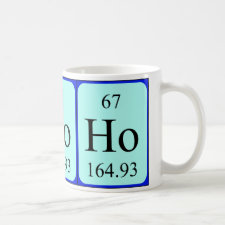
Authors: Rill RL, Locke BR, Liu YJ, Dharia J, VanWinkle D
Article Title: Protein electrophoresis in polyacrylamide gels with templated pores.
Publication date: 1996
Journal: Electrophoresis
Volume: 17
Issue: (8)
Page numbers: 1304-1312.
DOI: 10.1002/elps.1150170806
Abstract: An approach is described for the synthesis of nanostructured hydrogels with defined size channels or pores for separations of biological macromolecules. Polyacrylamide gels (15-20% acrylamide) were cast in the presence of high concentrations (5%-28%) of hydrophilic, macromolecular cosolutes either semirigid, rod-like polyelectrolytes (short fragments of DNA or xanthan) or spherical micelles of sodium dodecyl sulfate (SDS). Polyanionic cosolutes were then removed by a combination of diffusion and electrophoresis. These processes are expected to yield gels with 'templated' channels having dimensions near those of the double helical polymers (diameters approximate to 2-3 nm, lengths of 50-200 nm) or pores near the size of the spherical SDS micelles (approximate to 4-5 nm). This hypothesis was tested by comparing the relative electrophoretic mobilities of proteins (3400 to 43 000 Da) complexed with SDS on templated and conventional gels. Differences in electrophoretic mobilities were observed between all templated gels and control normal gels, demonstrating that the templating process altered the polyacrylamide network. No evidence was found for phase separation of cosolutes from the polyacrylamide network during polymerization. Templated pores are expected to enhance the mobilities of molecules in a particular size range relative to smaller and larger molecules. Gels templated with DNA or xanthan (8-10% final concentration) exhibited little size selectivity, but selectivity was observed for gels templated with SDS (17-20% final concentration). The degree of selectivity of gels templated with SDS varied with polyacrylamide concentration in a manner consistent with the creation of templated pores approximately the size of SDS micelles and larger than the average pore size in a surrounding polyacrylamide network



Join the Society for Molecular Imprinting

New items RSS feed
Sign-up for e-mail updates:
Choose between receiving an occasional newsletter or more frequent e-mail alerts.
Click here to go to the sign-up page.
Is your name elemental or peptidic? Enter your name and find out by clicking either of the buttons below!
Other products you may like:
 MIPdatabase
MIPdatabase









